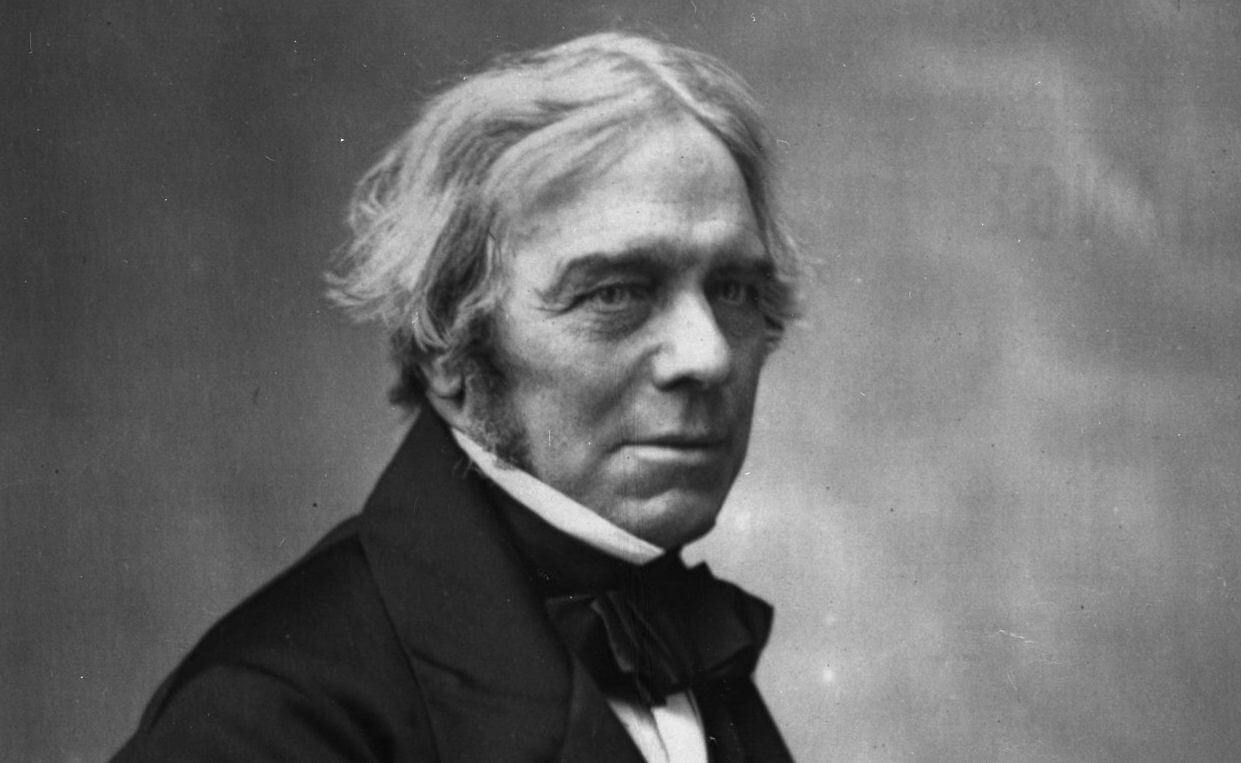During a recent visit to Faridabad, Haryana I saw a temple which was called “Maharaja Agrasen ka Mandir” — the temple of Maharaja Agrasen. It wasn’t a typical temple structure and there weren’t too many people around it at the time. Besides the temple was closed at that time and although the name had piqued my curiosity, I had to be content with looking at it from the outside. I enquired from the people who were standing around about Maharaja Agrasen and then intrigued by the story they told me, spoke to some people from the village nearby. From the bits and pieces and a few fragments here and there, this is what I got.
Maharaja Agrasen was a Suryavanshi King (of the solar lineage), who ruled during the Dwapar Yuga, which according to the current times would be approximately more than 5000 years ago. He was the first born of King Ballabha of Pratapnagar and was supposed to have been married to Princess Madhavi who was a Nagvanshi (the Naaga clan). The marriage had brought two very powerful clans of the time together. Madhavi had selected Agrasen in a swayamvar.
It is said that in the swayamvar, Lord Indra too was present and was infatuated by Madhavi’s beauty. But Madhavi angered Indra by choosing Agrasen. So jealous was the king of all gods that he decided to withhold rain from the kingdom of Pratapnagar which led to a famine like situation.
King Agrasen decided to wage war and since he was on the right side of Dharma, Indra and his mighty forces were soon vanquished. Indra then sought the help of Narada to settle the matter amicably. And it was decided that normalcy would be restored if Indra declared Agrasen to be a righteous and a religious ruler who would wage a war against even gods for the welfare of his subjects.
After this, Agrasen decided to propitiate Shiva who was soon pleased by his penance. Shiva then advised him to propitiate Mahalakshmi, who too was pleased with the penance. She appeared and blessed Agrasen and suggested that he give up the role of a King and change his caste to Vaishya, the business community and found a new kingdom and she would bless all his people. King Agrasen, then gave up his Kshatriya-hood and became a Vaishya.
Agrasen was a very compassionate person and the happiness of his subjects was his prime concern. He conducted many yagna’s for the well-being of his people and once during the well-known 18 maha-yagna’s, during an Ashwamedha Yagna, he saw a horse being forcibly pulled to the sacrificial altar. The pathetic plight of the animal saddened him and it was decreed from then on that there would be no more animal sacrifices in Agrasen’s kingdom. He became a champion of Ahimsa and was of the opinion that prosperity could not be brought at the cost of death of animals.
He later divided his kingdom amongst his 18 children, and named the 18 gotra’s after the gurus of each of his sons. Some of these are Mittal, Bansal, Goyal, Jindal, Tayal, Bindal, amongst others. Finally the most important aspect of this legendary king is that the present day Agarwal community traces their origins from Agrasen. In Delhi, one can see Agrasen ki Baoli, which is supposed to have been built during the Mahabharat epic times and later rebuilt by the Agrawal community in memory of their ancestor, Maharaja Agrasen.
Story collected by: Utkarsh Patel
Location: Faridabad, Haryana
Tags: Agrasan, Agarwal, Agrasen ki Baoli, Shiva, Indra, Suryavanshi, Queen Madhavi
